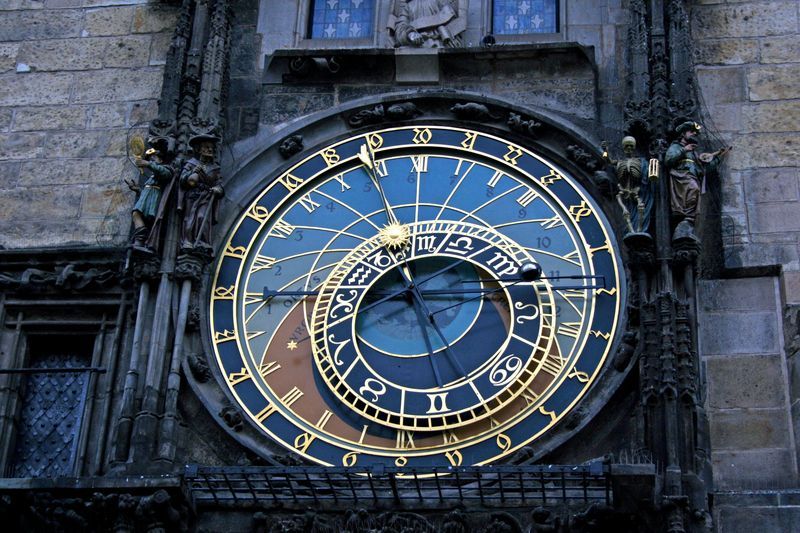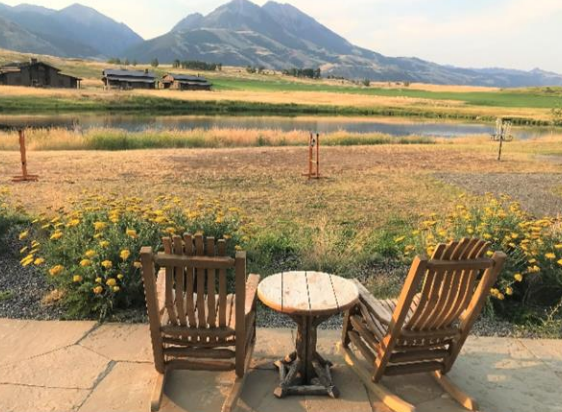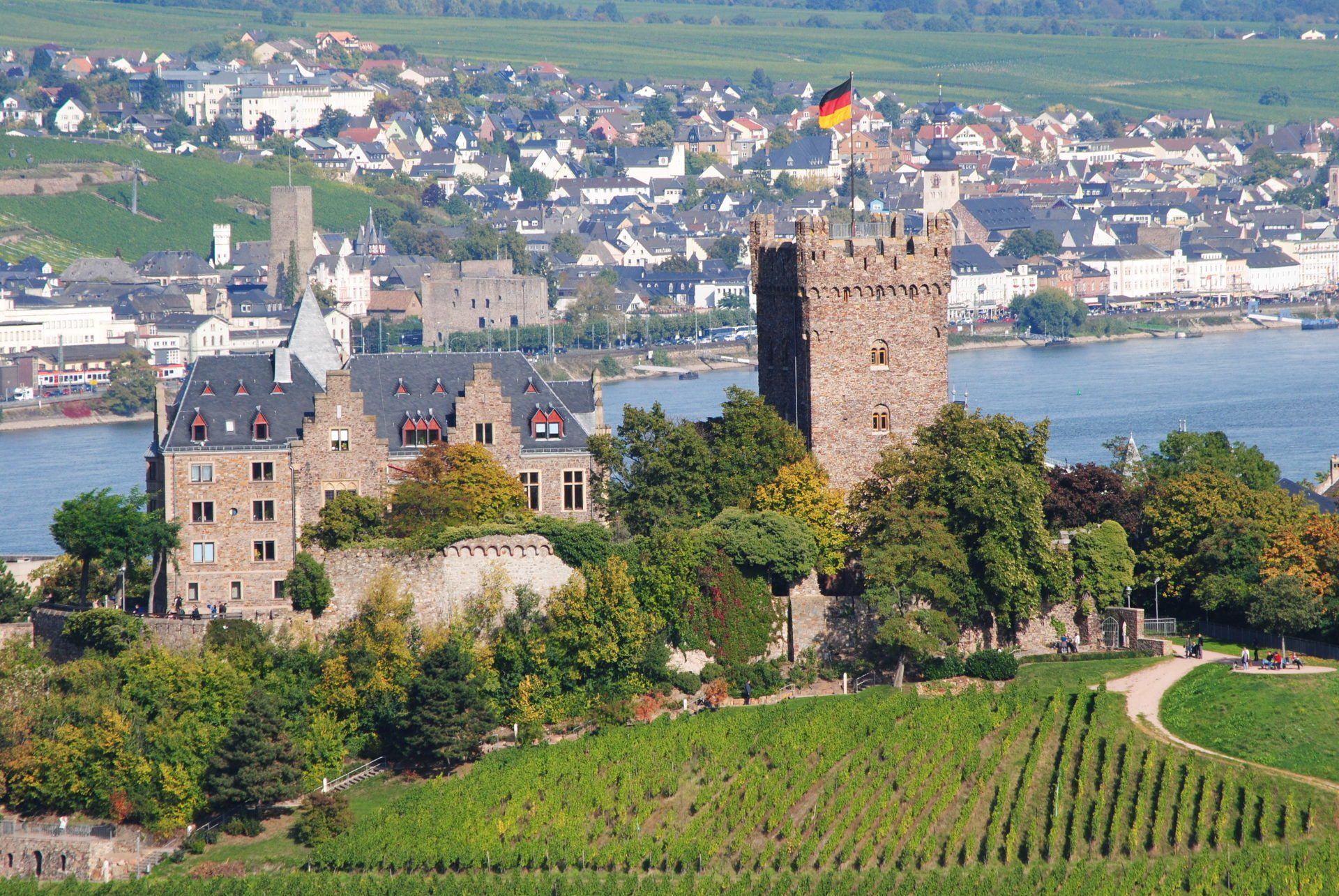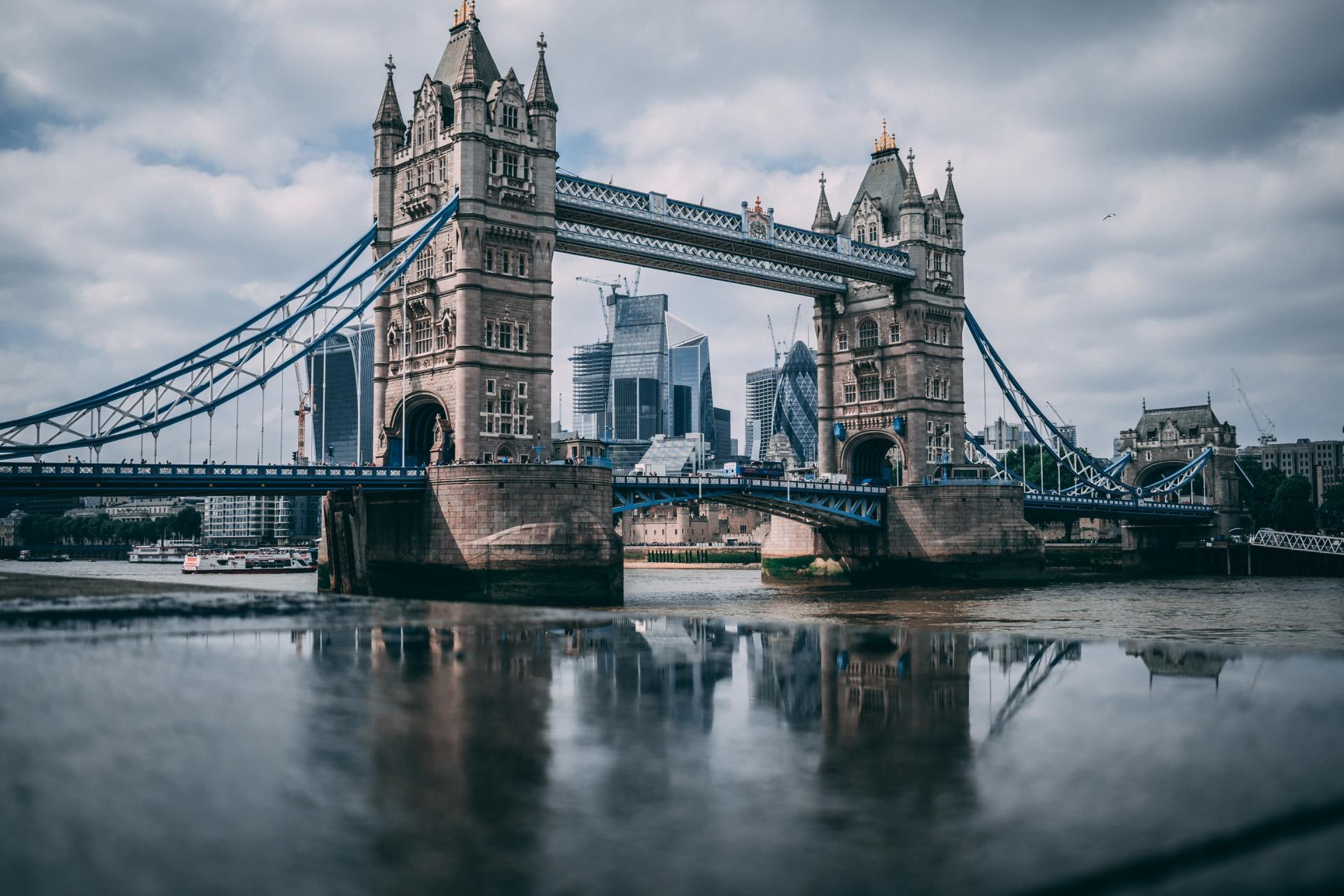Critics Choice Vacations
Prague, Czech Republic

The medieval Astronomical Clock in Prague
The medieval astronomical clock adorns the southern wall of the Old Town City Hall in the Old Town Square. It announces every hour with 12 apostles passing by the window above the astronomical dial and with symbolic sculptures moving aside. That makes it a popular tourist attraction.
Legend about clockmaster Hanus
The origin of the Astronomical Clock was misrepresented for centuries. It was believed, that the author was clockmaster Hanus, also called Jan of Ruze, who lived in the 15 th century. The story said that the clock was admired by many foreigners, but Hanus refused to show construction plans to anybody. When Prague Councillors found out that he was going to make another, even better clock, they became jealous and blinded him so he could not finish it. Later he allegedly damaged the astronomical clock in revenge, and nobody was able to repair it.
Real history of the Astronomical Clock
The real author of the clock was discovered in 1961 in an old document, which describes the astronomical dial and says it was made by Mikulas of Kadan in 1410. He probably cooperated with the astronomer and Charles University professor Jan Sindel.
The Astronomical Clock was repaired and improved by Jan Taborsky in the 16 th century. However, it became very faulty as time went by, and it was mostly out of order. It was even considered whether it should be liquidated in the 1780s. The clock soon stopped working for a long time.
The major repair was inevitable and it came in 1865. The clock was modernized and a new Calendar Dial was painted by Josef Manes. In 1945 the German army damaged the Astronomical Clock and some of the statues burned. They were replaced by replicas later, and the striking of the clock was changed from the Old Czech Time to the Central European Time.
The Astronomical Clock consists of the windows with apostles at the top, the Astronomical Dial, which is the oldest part, the Calendar Dial underneath and various sculptures around.
Figures of Apostles
The wooden figures of apostles with their attributes appear in the windows every hour, while at the same time some of the sculptures begin to move: the Death holds its hourglass and beckons to the Turkish man sculpture, which shakes its head in response. There is Vanity portrayed as a man with a mirror and Miserliness as a man with a moneybag, shaking a stick. The other statues, that don´t move, are an Astronomer, a Chronicler, a Philosopher and an Angel. When the apostles finish their journey, the golden cockerel at the top crows and quivers its wings, the bell rings and the clock chimes the hour.
Astronomical Dial
The Astronomical Dial shows the medieval perception of the Universe: the Earth is the center. The blue part of the dial represents the sky above the horizon, the brown part the sky below it. There are Latin words ORTVS (east) and OCCASVS (west) written above the horizon, and AVRORA (dawn) and CPEPVSCVLVM (twilight) below. There is a Zodiac ring, which represents the stars in the sky and it moves according to it. The two clock hands bear the signs of the Sun and the Moon.
There are three circles on the dial, showing different time: the outer circle with Schwabacher numerals shows the Old Czech Time (“Italian Time”), the circle with Roman numbers shows the Central European Time and the inner circle with Arabic numerals shows the “Babylonian Time”: the length of an hour differs there according to the season – it is longer in the summer, shorter in the winter. The Prague Astronomical Clock is the only one in the world able to measure it. Furthermore, the little star by the zodiac ring shows the sidereal time.
Calendar Dial
The newest part of the clock is the Calendar Dial. There is the Prague Old Town symbol in the centre. The rotary outer circle describes every single day of the year, and the current date is indicated at the top. There are also medallions with zodiac signs and with pictures depicting every month.
Thanks to E. Giguère for the use of her photo taken in winter 2009.
For this and more information see: http://prague.cz/astronomical-clock/

Like so many other parents this Fall, my husband and I became “Empty Nesters”. Our baby girl, and youngest of three was heading off to college and we were faced with the reality of being alone for the first time in 26 years. We decided that this was a life milestone that we should observe, rather than dread. We had spent years devoting endless time and energy to our children and now they were all out in the world as healthy, happy, productive members of society. We had much to celebrate. So, after dropping our daughter off at college we traveled to Montana’s Paradise Valley and spent a few days at Sage Lodge to mark this special occasion. Montana’s Paradise Valley starts near Livingston, which sits on I-90, and stretches south along highway 89 towards Yellowstone National Park. It is the major river valley of the Yellowstone River and is flanked by the Gallatin and Absaroka Ranges. Highway 89 was the original entrance into Yellowstone National Park, although there are now two additional entrances, one each in Montana and Wyoming. Along with its unmatched beauty and world-class fly fishing on the river, the valley also offers other natural wonders such as several natural hot springs.

Ernest Hemingway once described Switzerland as “a small, steep country, much more up and down than sideways, and stuck all over with large brown hotels built on the cuckoo clock style of architecture.” Susan’s recent travels between Geneva and Zurich proves that a lot has changed in the Swiss hotel scene since Hemingway’s observation. While she has lots of experience setting up pre- and post-river cruise activities and private trips in the area, this “self-imposed” familiarization was to acquaint herself with Virtuoso’s Swiss properties. Susan’s excited to share her thoughts on this diverse list of hotels, as well as the historic cities they call home.

This past fall, Susan was invited to sit on the Advisory Board for the German National Tourism Offices out of New York City. In partnership to boost tourism to Germany, she toured two of the country’s most iconic cities. From the eclectic coffee and artistic scenes of Hamburg, to an exploration of the tumultuous history of Berlin, there was a lot to take in. Susan hopes her journey will shed light on why Germany should be the destination of your next European vacation. Below you’ll find some incredible places to stay, cuisine to sample, and experiences that will put the discovery of German culture at the forefront of your travels.

With Paris and Rome, London forms the trifecta of must-visit cities for those first taking the dive into European culture. A hub of history, politics, architecture (both very old and very new), and the arts, London has a little bit to offer everyone. This November, Susan had the opportunity to tour over a dozen of the city’s best boutique hotels so you know where to stay during your visit. In addition, Susan also toured some of the charming villages that surround London that are perfect for a day trip, or quick weekend, to escape the hustle and bustle of the city. She hopes her exploration of this British metropolis will help you know where to start when planning your first (or next) European getaway.

